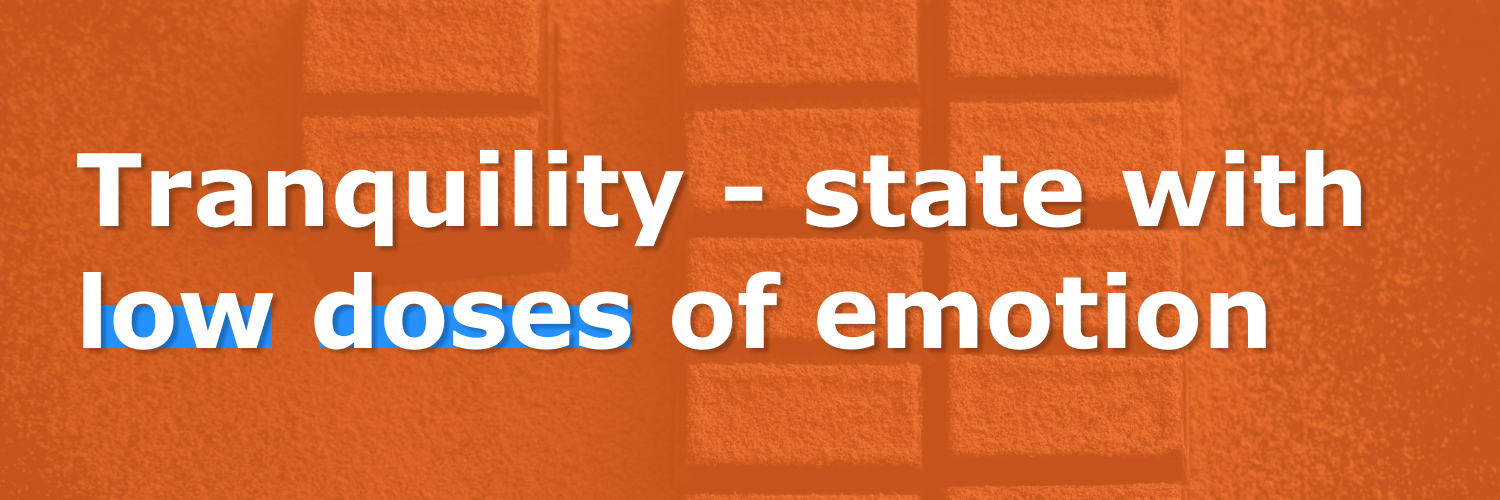Your Guide to Tranquility

You are told that now and then, between breaks, when you’re commencing or finishing your day, meditate to be tranquil. However, you may not have a full grasp of what tranquillity is. This blog will guide you to understand tranquillity as a concept better so you can achieve it every time you meditate and act on it.
Tranquility - emotions in low doses

How do you define tranquillity? When you search for tranquillity, you will get calm, present, content, relaxed. There are so many words in the English language where there are instances where you would not be able to describe it in phrases or synonyms fully. The definitions are only approximations where we can define them as what they are not. At best, we can just summarise these concepts; instead, they can be best described as life experiences to give a better appreciation and insight.
You can view it as a temporary state of being. The closest word to tranquillity is peace, although peace means a state of no emotion. Tranquillity instead is have a small dose of happiness inside of you. The definitions aren’t important here. Rather, it would be easier to talk about what tranquillity isn’t to approximate tranquillity’s true meaning. Tranquillity isn’t conflict, suffering, disruption, depression and any extreme emotion – even pleasure. A misconception is you have to be in bliss to be tranquil. Tranquillity is not having any heightened emotions temporarily at all. There are drugs we call tranquillisers, and we tranquillise ourselves through the deception of seeking pleasure as an act of tranquillity. This misconception may affect your state of studying and make you not become as productive as you possibly can be. Clearing this will subconsciously let your mindset bet in a better state in the long term to tackle various tasks and goals in your busy schedule.
Boost your Tranquility

Now that we have established that tranquillity is a temporary state of minimal emotions of any kind. You can take a step above this and understand tranquillity as the absence of the effect of heightened emotions. This means you can still experience anger and always be in a tranquil state. For example, you can be an anxious person and have anxiety. Yet, instead, you should have the outlook that “anxiety has risen inside me” rather than saying I am anxious, you can say, “I am feeling anxious at the present moment”. Understanding that anxiety, anger, or any other extreme level of emotion can arise during tranquillity and accept it as that rather than being affected by it is the true essence of tranquillity. There is a sense of detachment where you almost divorce your emotions from your self of identity.
When you meditate the next time, you can do two things. When you start getting angry, you should stop and start again. This will allow you to accept better your emotion rather than it being continuously being in your head and troubling your mind when you were trying to be tranquil instead.
The other thing you can do is taking a step back and observing those disruptions. Again, this takes a different approach to detaching your emotions from your identity and acknowledging the feelings you are experiencing better. The beauty is that is when you start mastering this, you can almost have an out-of-body experience where you understand what is happening rather than those emotions taking control of you.
